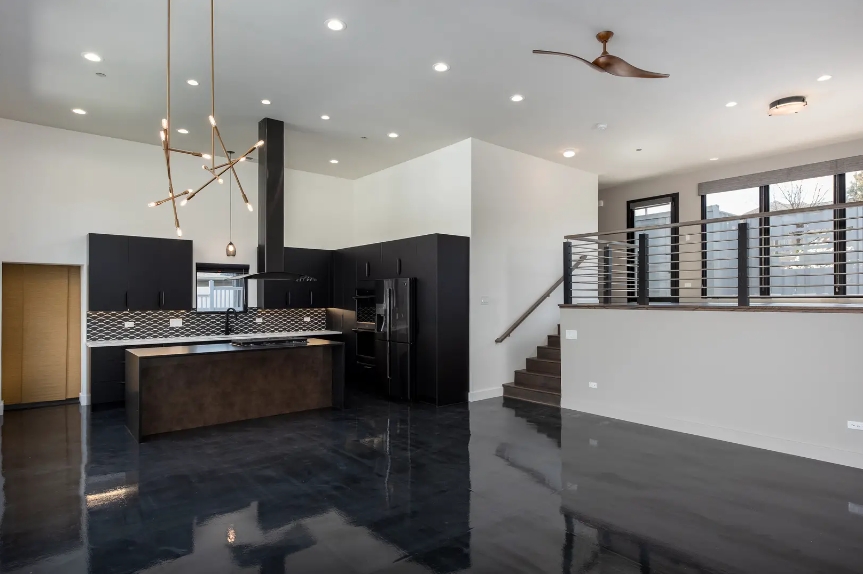In recent years, with the acceleration of urbanization and the increasing demand for housing, shipping container houses have attracted much attention as a new type of residential form. So, how did shipping container houses come into being?
Shipping container houses originated in the 1950s when the shipping industry experienced rapid development, requiring a simple, robust, and easy-to-load cargo transportation container. Consequently, shipping containers emerged, featuring standardized dimensions that facilitated loading, unloading, stacking, and transportation, significantly improving cargo loading and unloading efficiency.
Over time, due to the development of global trade, a large number of containers reached retirement age. These retired containers, characterized by their sturdy structure and high-quality materials, were repurposed. Some visionary individuals began exploring the possibility of transforming shipping containers into dwellings. They found that containers, with their standardized dimensions, high strength, and good waterproofing properties, were ideal for building houses.
Thus, shipping container houses were born. By cutting, connecting, and decorating containers, they were transformed into buildings with residential functions. Shipping container houses can serve as temporary shelters, long-term residences, or even commercial office spaces. In urban construction, campsites, post-disaster reconstruction, and other fields, shipping container houses have shown enormous potential applications.
In summary, the development of shipping container houses originated from the demand of the shipping industry for cargo transportation containers. Through innovation and transformation, they have gradually become an economically practical and environmentally sustainable residential form, providing people with new housing options.
